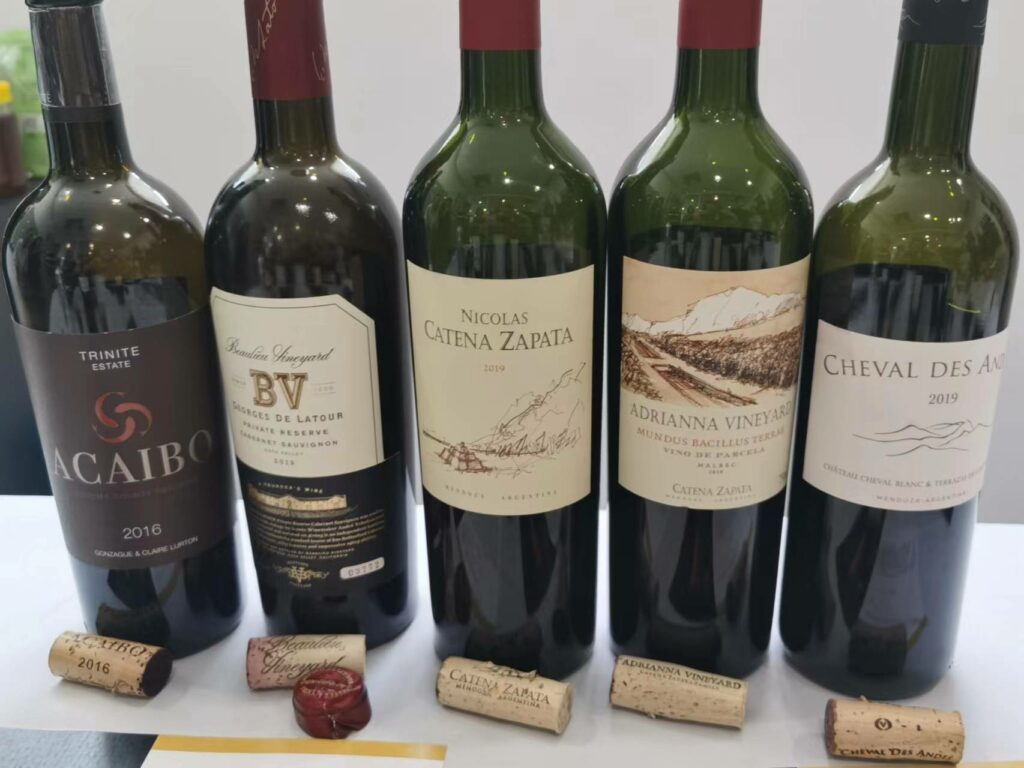The New World: Christopher Colombus didn’t know all that would follow his world-changing discovery, but it is far to say that to compile all the events that took place and changed human society forever would make for a very long list indeed. And while production of glorious wines from Vitis vinifera in a place where none had existed before isn’t, in most likelihood, first and foremost in order of importance on anyone’s such list of events, it is still no small undertaking and achievement.
Fact is, North and South America make some truly exceptional wines nowadays, areas that started from rather humble beginnings and morphed along the way into real wine production powerhouses. And it’s not just one but rather many countries of the two American continents that have been doing so, with varying degrees of success, over the course of the last fifty years. With a little bit of knowledge and experience, it is easy to pick a superlative wine from the likes of Canada (Ontario, British Columbia, the Maritimes), the USA (California, New York State, Oregon, Washington and others), Argentina, Brazil, Chile and Uruguay come immediately to mind but there are others.

In this report, I will focus on red wines only, and on just a few selected countries based on recent tastings conducted in Shanghai. Overall, wine lovers and collectors can choose today between numerous richer Bordeaux and Rhone style red wines that have made the likes of California, Argentina and Chile famous, but at the same time there are also some outstanding cooler-climate wines made from the likes of Pinot Noir in places as diverse as Ontario in Canada and New York State in the USA. (I shall write about these latter wines in another upcoming North and South American top wines summary report devoted to cooler-climate wine production areas.)
For the most part, excitement about some of these New World red wines is wholly justified. Some are truly outstanding, the equivalent of any great red wine of the world you can think of. They are concentrated and deep, with the fleshy fruity exuberance that makes New World wines so unique, but that have also noteworthy amounts of elegance and refinement. These top wines are not, in other words, just about super jammy fruit, mouthcoating richness and palate weight, the most common New World wine stereotype (stereotypes, yes: but remember that stereotypes exist for a reason, if there was no reason to “type” something, then there would be no room or place for stereotypes, but in fact, there is). Even better, with many of these wine gems, their appellation, such as the American Viticultural Area (AVA) of Denominacion de Origen (DO) the grapes are sourced from, are clearly recognizable. That means that each has an identifiable origin of terroir, placing these great new World red wines on the same level as the great terroir-driven wines from Europe and the rest of the world.
But like everywhere else in the world of wine, you need to separate the wheat from the chaff.

 中文
中文



